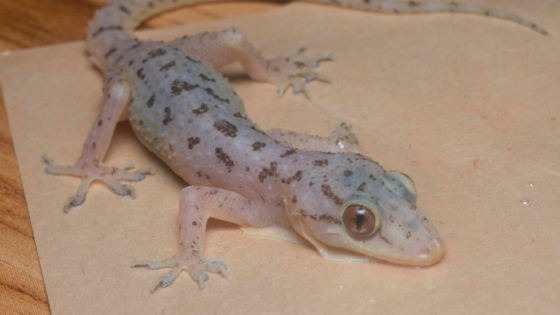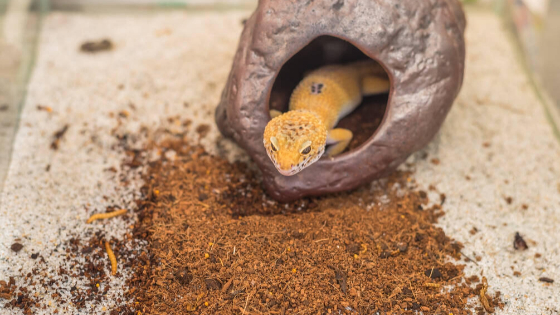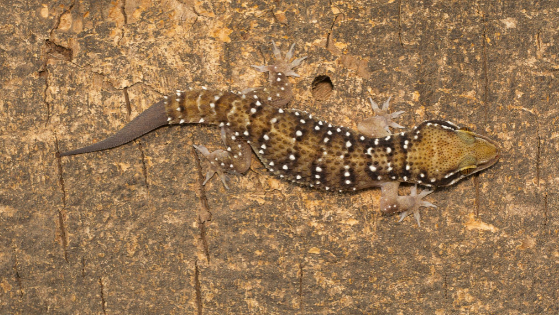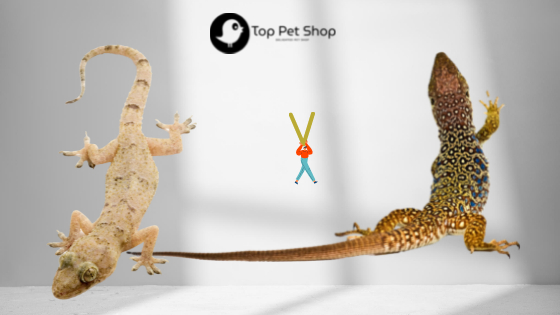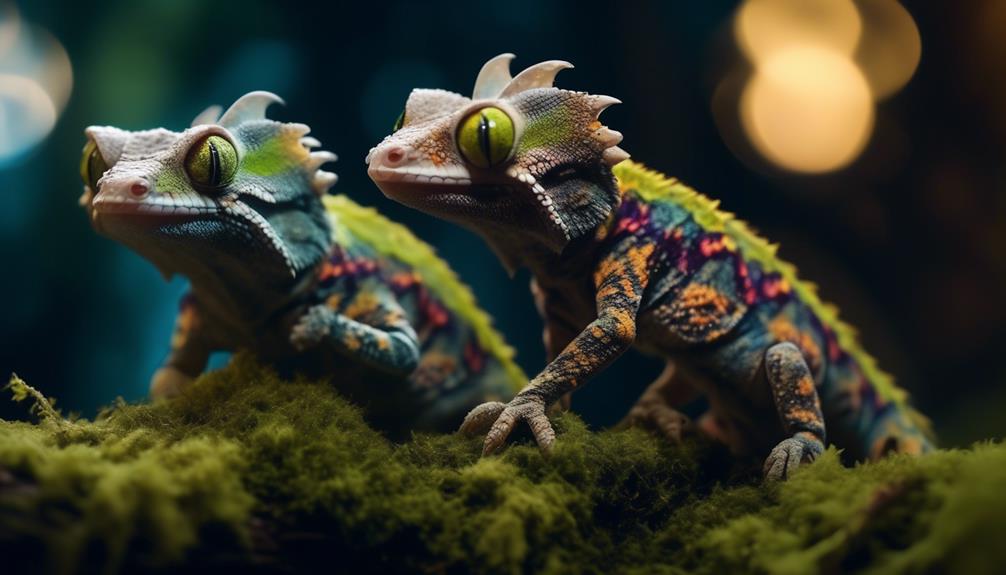
Welcome to the captivating world of Gargoyle Geckos, where nature’s tiny marvels await.
These unique reptiles, scientifically known as Rhacodactylus auriculatus, possess cranial bumps reminiscent of horns or ears, adding an intriguing touch to their appearance. But their enchantment doesn’t stop there. With their thin, regenerating tails and adhesive toe pads, these geckos have evolved to thrive in their arboreal habitat.
In this article, we will explore their fascinating behaviors, reproductive strategies, and dietary preferences. Furthermore, we will delve into their popularity as pets among reptile enthusiasts, showcasing the stunning variety of colors and patterns available through captive breeding.
Get ready to uncover the wonders of Gargoyle Geckos and prepare to be captivated by these nature’s tiny marvels.
Key Takeaways
- Gargoyle geckos have unique cranial bumps resembling horns or ears.
- They possess a thin prehensile tail that can regenerate if it drops off.
- Gargoyle geckos are primarily nocturnal and arboreal, inhabiting scrub forests.
- They are popular pets among reptile enthusiasts, with captive breeding focused on desirable patterns and colors.
Unique Physical Features
Gargoyle geckos possess a distinctive set of physical features that set them apart from other gecko species. One notable feature is their cranial bumps, which resemble horns or ears. These bumps are unique to gargoyle geckos and add to their enchanting appearance.
Another distinguishing characteristic is their thin prehensile tail, which can regenerate if it drops off. This adaptation allows them to escape from predators by sacrificing their tail and regrowing it later.
Additionally, gargoyle geckos have small adhesive toe pads that enable them to climb and cling to various surfaces. These physical features, along with their small to medium-sized body and their scientific name, Rhacodactylus auriculatus, which translates to ‘ears’ in Latin, make gargoyle geckos truly fascinating creatures.
Fascinating Behavior and Reproduction
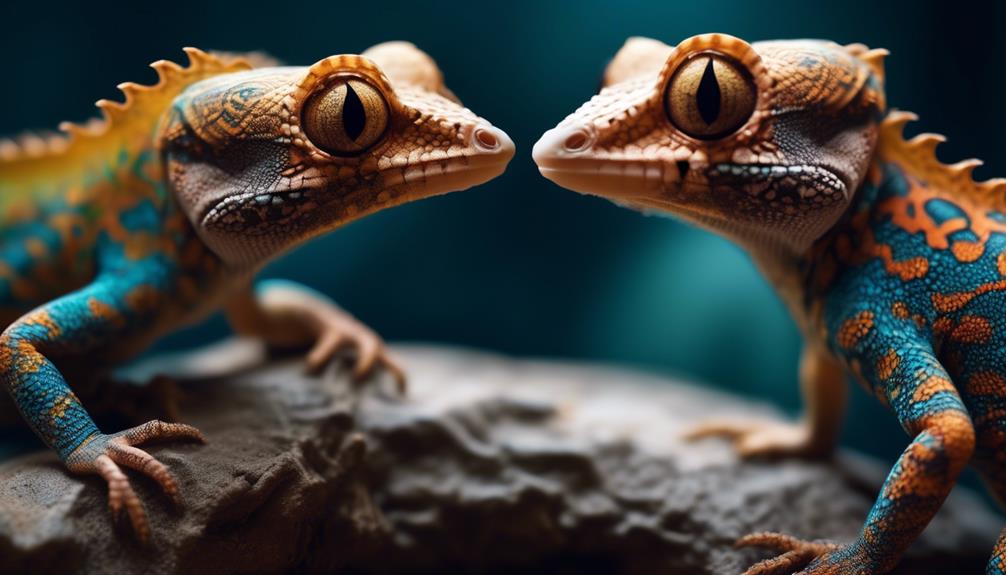
Fascinating in their behaviors and reproduction, gargoyle geckos exhibit unique traits and strategies that contribute to their survival and reproductive success.
These nocturnal creatures are arboreal and primarily inhabit scrub forests. In their natural habitat, they consume a diverse diet consisting of arthropods, lizard prey, and plant materials.
Females lay two eggs per clutch and can have up to eight or nine clutches per year. Interestingly, gargoyle geckos also have the ability to reproduce asexually through a process called parthenogenesis.
Captive breeding of gargoyle geckos is common, as they are popular pets among reptile enthusiasts. Captive breeding allows for the selection of specific pattern and color traits, resulting in a wide variety of colors, including shades of grey, brown, white, yellow, orange, and red.
Captivating Captive Care and Breeding
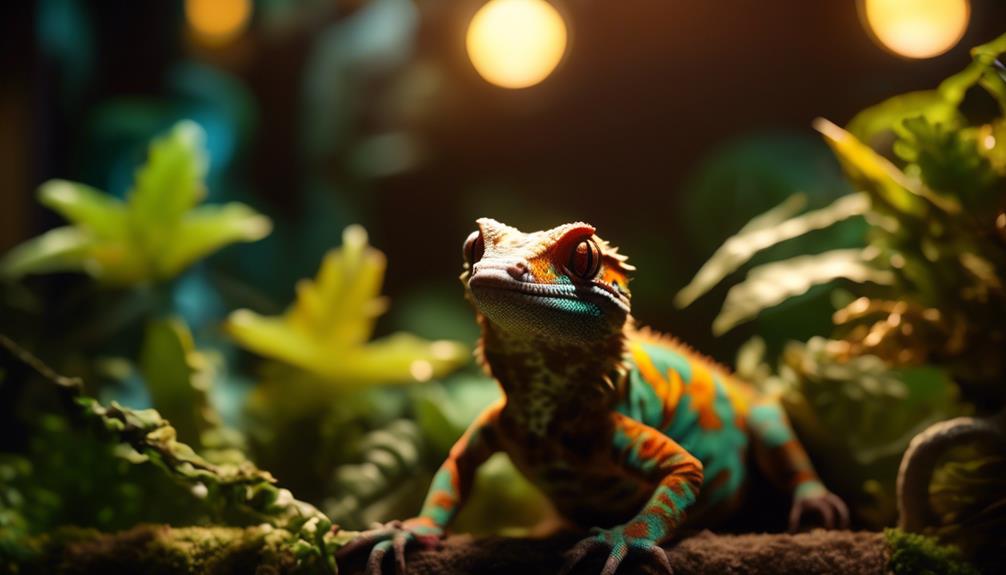
Captive care and breeding of gargoyle geckos involve essential considerations for their well-being and successful reproduction. When it comes to captive care, providing a suitable enclosure is crucial. Gargoyle geckos require a vertically oriented terrarium with plenty of branches and hiding spots. The temperature should be maintained between 72°F and 78°F, with a humidity level of 60-80%.
Their diet mainly consists of commercially available powdered gecko diets, supplemented with live insects. Breeding gargoyle geckos requires careful pairing of compatible individuals and creating optimal conditions for egg laying. Females typically lay two eggs per clutch, and incubation takes approximately 60-90 days.
It is important to provide a proper nesting box and maintain stable temperature and humidity levels during this period. With proper care, gargoyle geckos can thrive in captivity and contribute to their species’ conservation.
Stunning Variety of Colors and Patterns
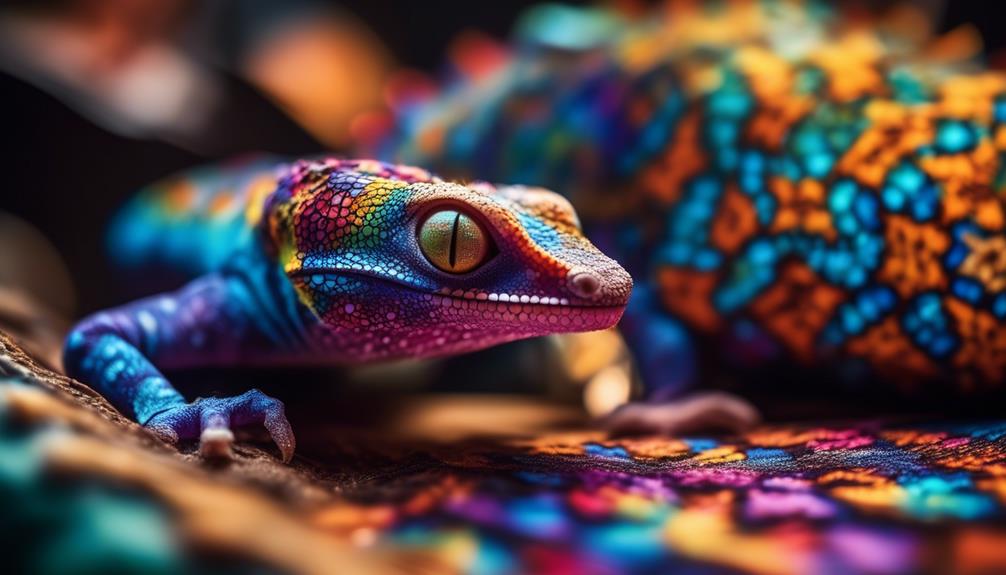
The diverse range of colors and patterns exhibited by gargoyle geckos is truly remarkable. These captivating reptiles display an array of stunning hues, including shades of grey, brown, white, yellow, orange, and red. Each individual gecko possesses a unique combination of colors and patterns, making them visually striking and highly sought after by reptile enthusiasts.
The patterns can vary from intricate mottling and striping to bold blotches and speckling. Additionally, some geckos exhibit fascinating color morphs, such as striped or banded variations. These captivating colors and patterns are not only aesthetically pleasing but also serve as camouflage in their natural habitat.
Through selective captive breeding, breeders have been able to enhance and refine these traits, resulting in an even more diverse and captivating array of gargoyle gecko colors and patterns.
Enthusiast Favorites and Popularity
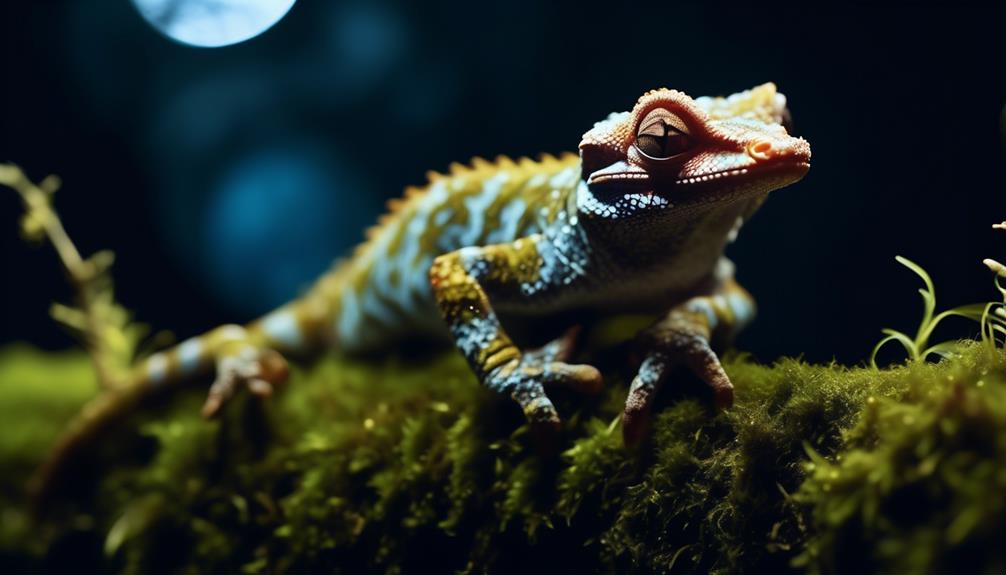
What factors contribute to the widespread popularity of gargoyle geckos among reptile enthusiasts? Gargoyle geckos have gained significant popularity among reptile enthusiasts due to several factors. Firstly, their unique and striking appearance with cranial bumps resembling horns or ears is a major attraction. Additionally, their small size, reaching an average length of 7 to 9 inches, makes them suitable for indoor housing. Furthermore, the wide range of colors and patterns available in captive-bred gargoyle geckos adds to their appeal. To paint a clearer picture, here is a table showcasing some popular color morphs and patterns:
| Color Morph/Pattern | Description |
|---|---|
| Red Striped | Red base color with striped patterns |
| Orange Harlequin | Orange base color with harlequin patterns |
| Yellow Bi-color | Yellow base color with two distinct colors |
| White Pinstripe | White base color with pinstripe patterns |
| Brown Mottled | Brown base color with mottled patterns |
These captivating characteristics, along with their ease of care and docile nature, have made gargoyle geckos a favorite among reptile enthusiasts.
Frequently Asked Questions
Are Gargoyle Geckos Aggressive Towards Humans?
Gargoyle geckos are not typically aggressive towards humans. They are known for their docile nature and are often kept as pets. However, like any animal, individual temperament may vary, so proper handling and care should always be exercised.
How Long Does It Take for a Gargoyle Gecko’s Tail to Regenerate?
The tail regeneration process in gargoyle geckos can take several weeks to a few months. It begins with the formation of a cartilaginous structure, followed by tissue regrowth and eventual restoration of the tail’s functionality.
Can Gargoyle Geckos Be Housed Together?
Gargoyle geckos can be housed together in certain situations. However, it is important to carefully consider factors such as size, sex, and temperament of the geckos to ensure compatibility and prevent aggression or territorial disputes.
What Is the Lifespan of a Gargoyle Gecko?
The lifespan of a gargoyle gecko is typically 15 to 20 years in captivity. However, with proper care and a suitable environment, some individuals have been known to live up to 25 years or more.
Do Gargoyle Geckos Require UVB Lighting for Proper Health?
Gargoyle geckos do not require UVB lighting for proper health. While UVB lighting can provide some benefits, such as aiding in calcium metabolism, these geckos can obtain necessary nutrients through a balanced diet and proper supplementation.
What Makes Gargoyle Geckos Enchanting Compared to Kuhl’s Flying Geckos?
Gargoyle geckos are enchanting due to their unique textured skin and expressive eyes. In comparison, Kuhl’s flying geckos are known for their ability to glide through the air in a fashion similar to southeast asia’s flying gecko. Both species are captivating in their own way, but gargoyle geckos have a mystical appeal.
Conclusion
In conclusion, Gargoyle Geckos are captivating creatures with unique physical features, fascinating behavior and reproduction strategies, and a stunning variety of colors and patterns. They have adapted to thrive in their arboreal habitat and are popular among reptile enthusiasts as pets.
Through captive breeding, a wide range of color and pattern options are available. Gargoyle Geckos truly are nature’s tiny marvels, showcasing the wonders of the natural world.

